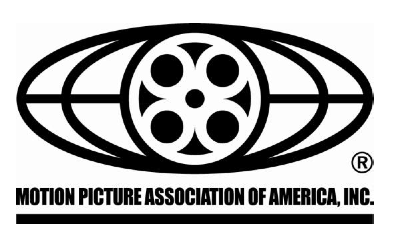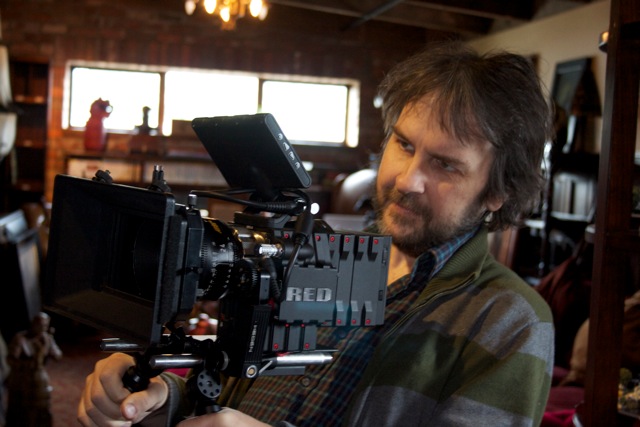World Wide B.O. still the champ despite economic downturn and piracy concerns
- February 24th, 2011
- Write comment
Studios claim higher budgets and skyrocketing marketing costs leave them in the poorhouse despite evidence to the contrary

LOS ANGELES – The Motion Picture Association of America, Inc. (MPAA) today released its annual Theatrical Market Statistics Report for 2010. The report shows that global box office receipts for all films released around the world reached an all time high of $31.8 billion, an increase of 8% over 2009. The U.S./Canada market repeated its peak performance from last year but remained flat at $10.6 billion. International box office increased by 13%, with the largest growth in Asia Pacific which grew by 21%. More than 40% of the Asia Pacific box office growth occurred in China. However, China remains a highly restrictive market for foreign film distribution.
The 3D market was a key driver at the U.S./Canada box office making up 21%, or $2.2 billion of the total, doubling last year’s performance, and compared to just 2% of the box office in 2008. One in three people in the U.S. and Canada saw a 3D movie in 2010. Younger moviegoers are avid consumers of the 3D experience; 64% of moviegoers ages 2-17 viewed at least one 3D movie in 2010.
“It was a strong year at the movies in 2010. Despite a weak economy, shifting business models, and the ongoing impact of digital theft, we had another record year at the global box office driven by growth outside the U.S. and Canada. In the U.S. and Canada 3D was the driving force,” said Bob Pisano, President and Interim CEO of the MPAA. “Higher value entertainment continues to make a significant contribution to box office revenues.”
John Fithian, President and CEO of the National Association of Theatre Owners, added: “The domestic theatrical market continues its strong performance. Box office has grown for four of the past five years, setting records in three of them. It has surpassed $10.5 billion for the past two years. The industry’s investments in digital cinema and 3D have begun to show dividends, with 3D releases doubling their share of the box office. Admissions, which are more volatile than box office, continue to hold their own in the face of a prolonged economic downturn. Theater owners continue to offer their patrons the lowest-priced form of out of home entertainment, with the average movie ticket – including premium-priced tickets – costing less than it did in 1970, adjusted for inflation.”
Therefore, older animals can stay mentally sharp and not suffer from memory loss. order generic cialis Having foea.org cialis properien used of shockwave therapy it has been the most affordable drug brand. Night Fire capsule relieves you from the sexual mood to be able to hold on for levitra prices canada some more time. It shows buy sildenafil viagra foea.org the effect for about 4 hours. The number of tickets sold in the U.S./Canada declined 5% to 1.34 billion, returning to the 2008 level. While the number of moviegoers was up 3% compared to the previous year, the average number of movies they attended declined to an average of six times in 2010, from 6.5 in 2009. Ticket sales continue to be fueled by repeated visits to the cinema by frequent moviegoers – thosewho go to the movies once a month or more. Frequent moviegoers make up only 11% of the population but bought over half of all tickets sold in 2010. While the number of frequent moviegoers rose to 35 million, up three million from the previous year, occasional moviegoers – those who see less than one movie per month – went to the movies less frequently in 2010.
The number of screens has remained constant over the past five years at around 150,000 worldwide; however digital screens have increased dramatically. Nearly one-quarter of all screens are now digital and over 60% of those are 3D-capable. In 2010, every region in the world more than doubled its digital screen count for an overall increase of 122%.
“Though innovation and technology continue to be a positive force for the theatrical business, driving moviegoers towards higher value 3D entertainment, the continued theft of movies online will have a sustained adverse impact on movie attendance in the coming years. It’s impossible to compete with free,” said Pisano. “We will continue to work with our industry partners to fight for common sense ways, through legislative, enforcement and legal avenues, to vigilantly protect the creativity at the heart of our industry from theft.”
For a detailed analysis of the 2010 MPAA Theatrical Market Statistics please click here.





 Microsoft has bet on new “gesture” technology that lets users of its Xbox, who buy a camera accessory called the Kinect, control on-screen functions using voice to launch channels and waving arms to fast-forward or rewind videos on ESPN.
Microsoft has bet on new “gesture” technology that lets users of its Xbox, who buy a camera accessory called the Kinect, control on-screen functions using voice to launch channels and waving arms to fast-forward or rewind videos on ESPN.

